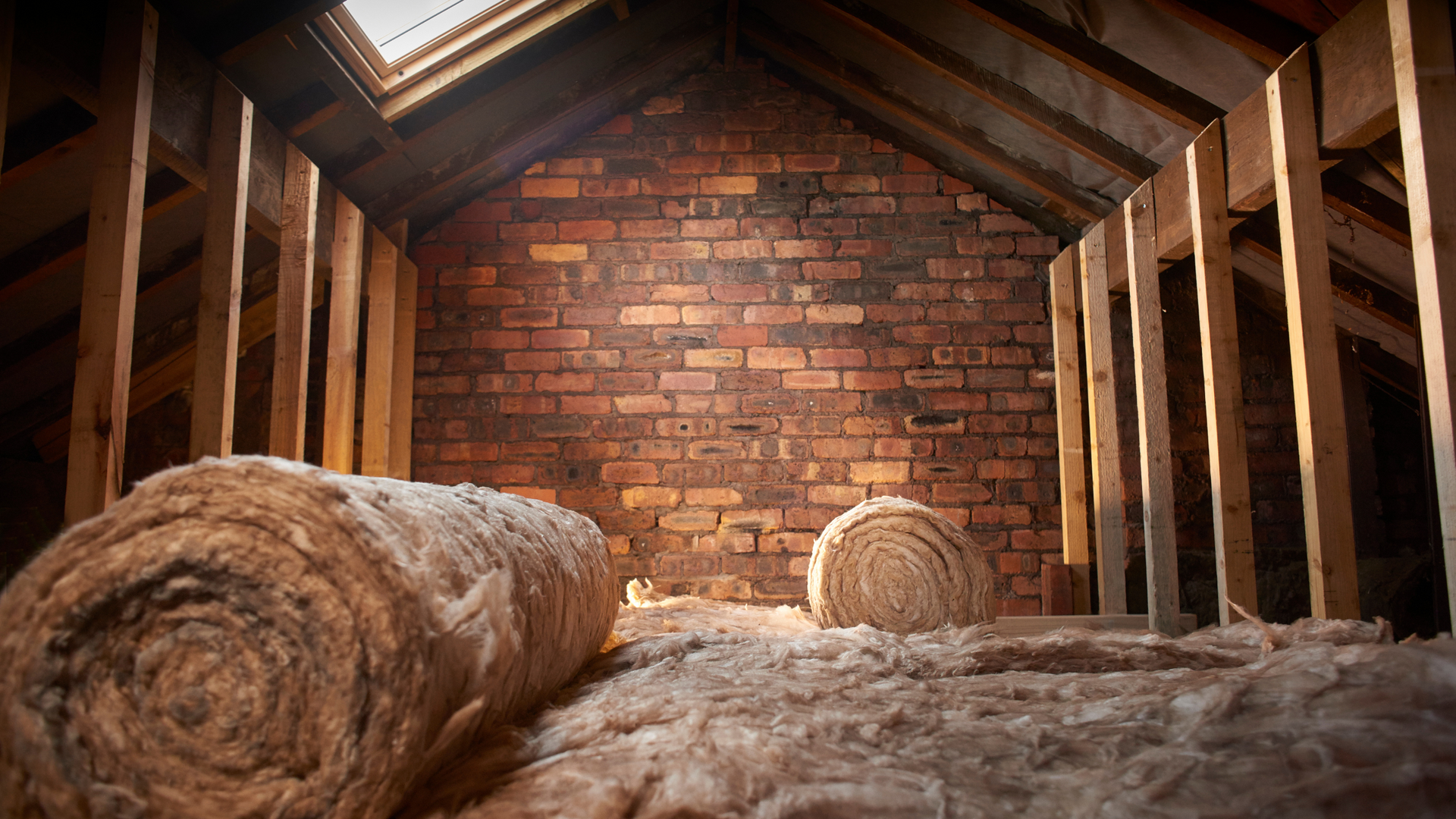Do I Need Planning Permission to Renovate the Exterior of My House?
Three factors will determine if you would need
planning permission to render your house or to have external wall insulation installed. These are the area your house is based in, the origin of the building and additional changes you might want to make, for example, changing the materials used in the construction of the house.
Do you need planning permission for External Wall Insulation?
The process of having your house externally insulated can already be a long process. Having to make the decision of which installers to choose, come up with a budget and decide on the overall appearance.
An additional step to all this in some cases can be applying for planning permission, which can only make the process even longer. Since External Wall Insulation doesn’t fall in the category of extensions/enlargement, you would only need planning permission if your home is located in a conservation area or is a listed building.
In the cases that your house is a listed building or in a conservation area, if you decide to undertake a solid wall insulation project, it is considered a criminal offence.
We highly recommend if you’re not 100% sure if your house falls in these two categories, you contact your local council to confirm. There is a very small percentage of people that would need planning permission but again it’s best to consult with your installers or local council if unsure.

In addition, you would also be required planning permission if you plan to use materials that don’t match the construction of your home or if you’ve previously had your permitted development rights revoked.
Rendering
Rendering the exterior of houses is becoming more and more popular as it can significantly improve the appearance and maintenance of a home.
Similar to external wall insulation, in most cases rendering your house wouldn’t require planning permission. It will once again be applicable for houses that are listed or in conservation areas.
Maintaining and replacing render is considered permitted development. This means that as long as you stick to choosing a render that is similar to the existing or originally used one, you don’t need planning permission.
However, there are several rendering projects that can fall in a grey area, where for complete peace of mind you should seek advice from your council.
These can include:
- Applying render on top of existing render, which is a different colour
- Installing render over pebbledash
- Or removing pebbledash to then apply render
- Applying render over brickwork, which wasn’t rendered, to begin with
Whether or not, you need planning permission, you would need reputable and highly-experienced installers. SFP Contracts can not only provide you with the best results but also advise you on any worries you might have.
Our team and expert installers are here to help you. Contact us via email at contact@sfp-contracts.co.uk or call 0345 303 6772.


All Rights Reserved | SFP Contracts Ltd






